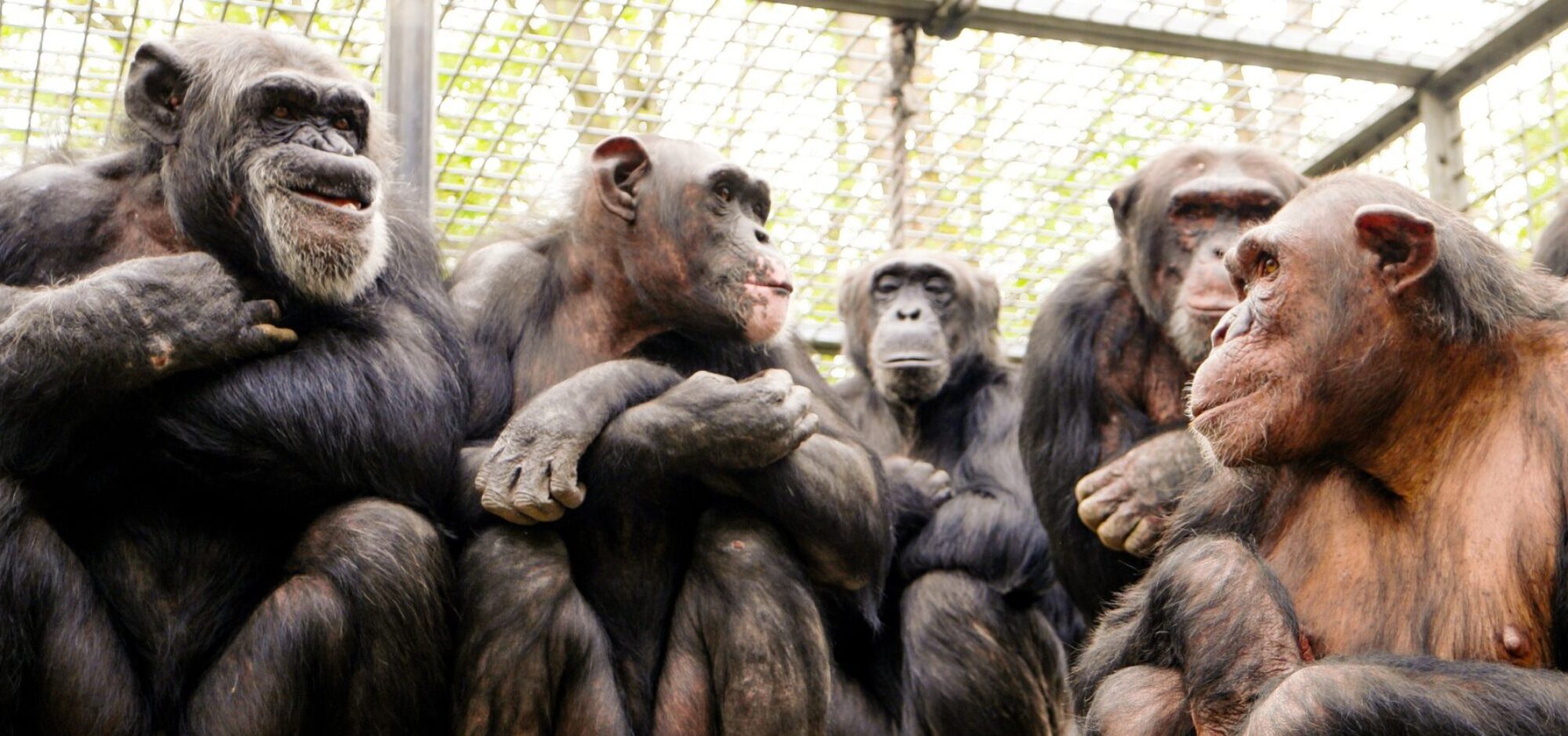“A Neuroscientist’s Theory of Everything
Karl Friston takes us on a safari of his free-energy principle.
By Brian Gallagher
June 10, 2020
http://nautil.us/issue/86/energy/a-neuroscientists-theory-of-everything
(…)
In “The Free-Energy Principle,” you write the world is uncertain and full of surprises. Action and human perception, you argue, are all about minimizing surprise. Why is it important that things—including us—minimize surprise?
If we minimize surprise now, then on average over time, we’re minimizing the average surprise, which is the average entropy. If a thermostat could have beliefs about what its world is—it might say, “My world is living at 22 degrees centigrade”—so any sensory information from its thermal receptors that departs from that is surprising. It will then act on the world to try and minimize that surprise and bring that prediction error back to zero. Your body’s homeostasis is doing exactly the same thing.
Does the brain minimize surprise in order to conserve energy?
You could certainly say that. But I wouldn’t quite put it like that. It’s not that the brain has a goal to exist. It just exists. It looks as if it has a goal to exist. What does existing mean? It’s always found in that configuration. The brain has to sample the world in a way that it knows what’s going to happen next. If it didn’t, you’d be full of surprises and you’d die.
(…)
The Markov blanket helps explain how things can exist—but what is it, exactly?
The Markov blanket is a permeable interface between the inside and the outside, a two-way exchange. Stuff on the outside—the environment, the universe, the heat bath—impacts what’s going on on the inside via the sensory part of the Markov blanket. The Markov blanket has sensory and active states. Stuff on the outside, the external states, influence the blanket’s sensory states, what the blanket senses. And stuff on the inside of the blanket, the internal states, influence the blanket’s active states. The active states close that circle of causality, or, if you like, they disclose what’s going on on the inside by acting on the outside state. With that mathematical construct in place, you can go a lot further than 20th-century physics, which was all about equilibrium statistics and thermodynamics, the kind of physics that you would have been taught in school. Implicit in that is the notion that you’ve got an isolated or a closed system. That implicitly assumed the Markov blanket.
(…)
How do Markov blankets help make sense of our inner life?
I have to be clear that I’m speaking as a physicist would, because I’m not a philosopher. That said, there is a representationalist interpretation of the internal states of something with a Markov blanket. You could say that all that matters in terms of sentience, perception, and active inference, is just on the inside. It’s our neuronal activity, say, the internal states that are negotiating dependent upon and influencing the blanket states that comprise our sensory states, our sensory receptors—our sensorium if you like—and ways of changing that sensorium through acting. Like my eyes palpating, sampling the world to get new sensory information. That would mean that it is never going to be the case that you’re going to be able to transparently sample—or know—what is out there, generating those sensory blanket states. You could actually adopt an anti-realist position about external reality. You will never know the difference.
(…)
This brings you back to this notion that anything you talk about is really just an explanation for your lived world. It’s the simplest explanation for all of these sensations that I’m getting, in all the modalities that I possess. And it doesn’t have to be true or false. As long as it’s a good-enough explanation that keeps your surprise down and self-evidence nice and high—that’s all it’s required to do. Selfhood in itself now becomes just another explanation. Anything that a philosopher says also succumbs to exactly the same argument, including qualia. These are now reifications of the best explanation for my understanding of my sensory data and my internal view in this inner life. The highest form of consciousness is the philosopher’s brain.
(…)
Is the self an illusion?
Well, say you’re a feral child who’s never seen another mammal. There would be no need to have a notion of self. You and the universe would just be one thing. But as soon as you start to notice other things that look like you, a question has to be resolved, “Did you do that or did I do that?” Now you need to have, as part of your generative model, the hypothesis of fantasy, the illusion—which may be absolutely right—that there are other things like me out there, and I need to resolve that. I think the theory of mind on the necessity of encultured brains provides a simple answer as to why we have self. But to come back to your question, I think, yes, selfhood is another really plausible hypothesis for my generative model that provides the best explanation for your sensory exchanges.”
